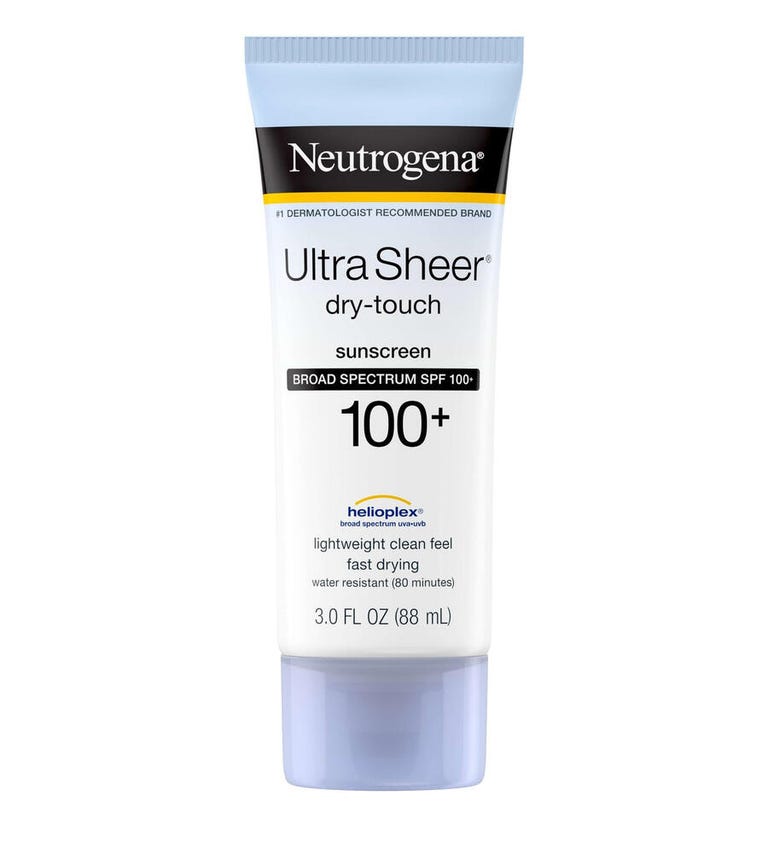Xeroderma Pigmentosum: Symptoms, Causes & Treatment
What are the symptoms of xeroderma pigmentosum?
Xeroderma pigmentosum (XP) is a rare inherited disorder characterized by an extreme sensitivity to ultraviolet (UV) radiation from sunlight. The main symptoms of XP include:
- Severe sunburn: Individuals with XP develop severe sunburns after minimal exposure to sunlight, even after a few minutes of sun exposure.
- Skin changes: XP can cause various skin changes, including:
- Freckle-like pigmentation changes (irregular patches of darker or lighter skin)
- Dry, rough, or scaly skin
- Premature aging of the skin (wrinkling, sagging)
- Telangiectasias (visible dilated blood vessels on the skin’s surface)
- Eye problems: UV radiation can also affect the eyes in XP patients, leading to:
- Photophobia (light sensitivity or abnormal intolerance to light)
- Keratitis (inflammation of the cornea)
- Conjunctivitis (inflammation of the membrane lining the eyelids)
- Cloudiness or opacity of the cornea or lens
- Skin cancer: XP patients have an extremely high risk of developing various types of skin cancer at an early age, such as basal cell carcinoma, squamous cell carcinoma, and melanoma.
- Neurological abnormalities: In some cases, XP can be associated with neurological complications, including:
- Intellectual disability or developmental delays
- Hearing loss
- Peripheral neuropathy (nerve damage)
- Impaired speech or coordination
- Increased risk of other cancers: Individuals with XP may also have a higher risk of developing cancers in other areas of the body, such as the brain, lung, or gastrointestinal tract.
The symptoms of XP typically appear in infancy or early childhood, and the severity can vary depending on the specific genetic mutation involved and the degree of impairment in the body’s ability to repair DNA damage caused by UV radiation.
Early diagnosis and strict protection from UV radiation (by avoiding sun exposure, using protective clothing, and applying high-SPF sunscreens) are crucial in managing XP and reducing the risk of associated complications, particularly skin cancer development.
What are the causes of xeroderma pigmentosum?
Xeroderma pigmentosum (XP) is caused by inherited mutations in genes that are involved in repairing damage to DNA caused by ultraviolet (UV) radiation from sunlight. The specific causes of XP are:
- Genetic mutations: XP is an autosomal recessive disorder, which means that mutations must be present in both copies of a particular gene (one inherited from each parent) for the condition to develop.
- DNA repair deficiency: The genes mutated in XP are responsible for coding proteins involved in a specific DNA repair mechanism called nucleotide excision repair (NER). This repair process is crucial for removing and replacing damaged sections of DNA caused by UV radiation.
- Impaired DNA repair: When the NER process is impaired due to mutations in the associated genes, cells become unable to effectively repair UV-induced DNA damage. This leads to an accumulation of DNA mutations and cellular damage, particularly in skin cells exposed to sunlight.
There are several different genes that can be mutated in XP, each leading to a different complementation group or subtype of the disorder. The most common genes associated with XP include:
- XPA, XPB, XPC, XPD, XPE, XPF, and XPG: These genes code for proteins involved in the NER pathway, responsible for recognizing and removing UV-damaged DNA.
- XPV: This gene codes for a protein involved in a separate DNA repair mechanism called translesion synthesis, which helps bypass DNA lesions during replication.
The specific gene mutation(s) present in an individual with XP determines the severity of the condition and the associated symptoms.
It’s important to note that XP is an inherited disorder, meaning the genetic mutations are present from birth. However, the symptoms typically do not appear until the individual is exposed to UV radiation, usually in early childhood when sun exposure increases.
Early diagnosis and strict protection from UV radiation are crucial in managing XP and reducing the risk of associated complications, such as skin cancer and neurological abnormalities.
What is the treatment for xeroderma pigmentosum?
There is no cure for xeroderma pigmentosum (XP), but there are several treatment approaches aimed at managing the symptoms and preventing or reducing complications associated with this condition. The primary treatment strategies for XP include:
- Strict sun protection:
- Avoiding sun exposure by staying indoors during peak sunlight hours
- Wearing protective clothing (long sleeves, pants, hats) when going outside
- Using broad-spectrum sunscreens with a high sun protection factor (SPF) and reapplying frequently
- Regular skin examinations:
- Performing regular self-examinations to check for any changes or abnormalities on the skin
- Having frequent skin checks by a dermatologist to monitor for the development of skin cancers or precancerous lesions
- Prompt treatment of skin cancers:
- Early detection and prompt treatment (surgical removal, cryotherapy, or other methods) of any skin cancers or precancerous lesions are crucial in managing XP.
- Eye protection:
- Wearing UV-blocking sunglasses or goggles to protect the eyes from sun exposure
- Using lubricating eye drops or ointments to manage dry eyes or corneal problems
- Neurological care:
- Monitoring and managing any neurological complications, such as developmental delays, hearing loss, or neuropathy
- Providing supportive therapies, such as speech therapy, occupational therapy, or physical therapy, as needed
- Genetic counseling:
- Offering genetic counseling to families with XP to understand the inheritance pattern, risks, and options for future family planning
- Experimental treatments:
- Participating in clinical trials or research studies investigating potential new treatments, such as gene therapy or DNA repair enhancers
It’s important to note that early diagnosis and strict adherence to sun protection measures are crucial in managing XP and reducing the risk of associated complications, such as skin cancers and neurological problems.
Additionally, regular follow-up with a multidisciplinary team of healthcare professionals, including dermatologists, ophthalmologists, neurologists, and geneticists, is essential for comprehensive care and management of XP throughout the individual’s lifetime.




